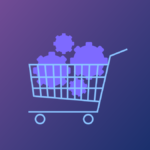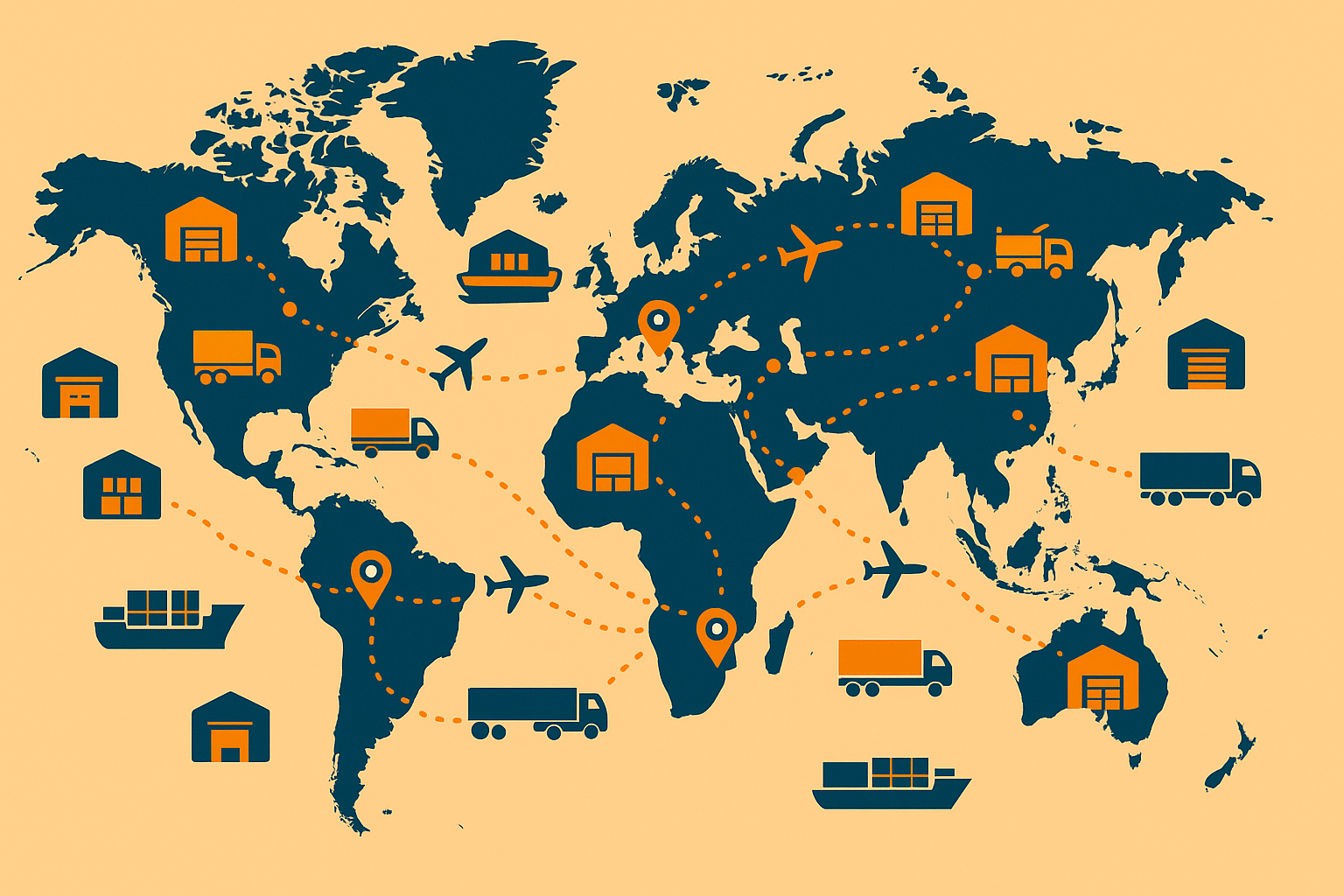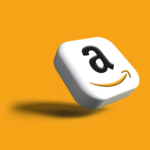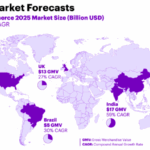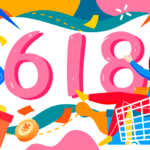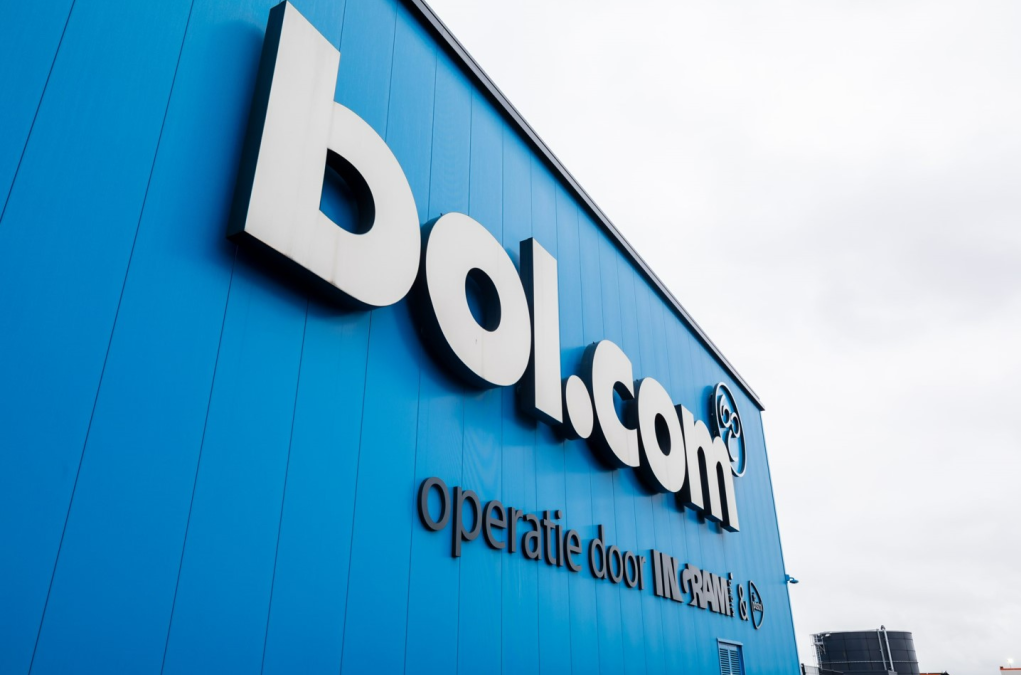Bol, the prominent Dutch online marketplace, has announced its financial results for the past year, revealing a significant increase in sales and a shift in its business model. The company’s net sales reached 3.1 billion euros in 2024, marking an 8.7 percent rise compared to the previous year. This growth outpaced the overall Dutch e-commerce market and also exceeded the growth of Bol’s own partner sellers.
Initially conceived as an online bookstore, Bol evolved into a comprehensive online retail platform, incorporating a marketplace for third-party sellers. The company had previously stated its intention to focus on supporting these partners. However, recent figures indicate a change in direction. Bol’s own sales have grown considerably, surpassing the combined sales of its partner sellers.
In 2023, reports indicated that Bol’s own brand sales accounted for a substantial 64 percent of the platform’s total turnover. The overall trade volume for the platform increased by 4.9 percent in that year. This growth continued into 2024, albeit at a slightly slower pace, with a 4.1 percent increase in trade volume. The company’s net consumer online sales, which encompass both Bol’s direct sales and those of its partners, reached a record 5.9 billion euros.
However, the significant disparity lies in the growth rates. While the overall trade volume saw a moderate increase, Bol’s net sales surged by 8.7 percent. This suggests that Bol’s direct sales are growing at a faster rate than the sales generated by its partner sellers.
Two years ago, third-party sellers contributed approximately two-thirds (66 percent in the second quarter of 2023) of Bol’s total trade volume. This figure has now decreased to roughly half, indicating a shift towards Bol’s own brand sales. The company is also generating increased revenue from services provided to its partners, such as advertising and logistics. However, specific revenue figures for these services were not disclosed by Bol’s parent company, Ahold Delhaize.
Furthermore, the number of sales partners on the Bol platform has declined. From nearly 52,000 in mid-2023, the number has decreased to 47,000 by the end of 2024. This reduction occurred during a period when Bol expanded its advertising options for its partners.
The data indicates that Bol is increasingly operating as a direct online retailer, alongside its marketplace model. This shift raises questions about the company’s long-term strategy and its relationship with its partner sellers. While Bol continues to facilitate sales for third parties, its own sales growth is driving the company’s overall financial performance. The decrease in partner numbers also show a change in the platform. The change in the ratio between Bol’s own sales and those of the partners is a clear indication that the company is adapting its business model.
